Summary
Worldwide deltas are important spaces which are shaped differently through different delta-making practices. The Mekong Delta is a space shaped by three practices. Firstly, the delta exploitation practice which encompasses various forms of exploitation of the delta’s resources, engineering as well as ‘divide and rule’ governance. Concerns regarding sustainable development and climate resilience resulted in the emergency of a delta management practice. The Mekong Delta is conceived as a socio-eco-technological system that needs to be wisely managed in an integrated, adaptive way, while ‘living with nature’. A third practice is based on the Mekong Delta being a living body. The delta has bodily features and its water bodies give life to nature, crops and people. Its liveliness and life-giving capabilities shape the human-delta relation as mutual caretaking. This deltacare practice is an affective entanglement to sustain life and health. The protagonists of different practices can enter into dialogues to seek complementarities and to develop untapped potentialities.

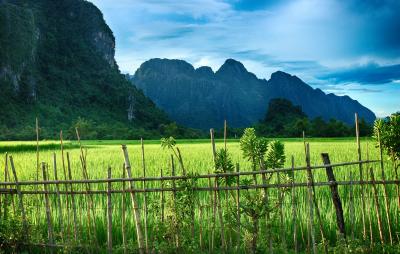
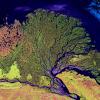

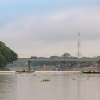
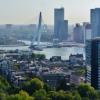
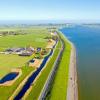
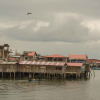

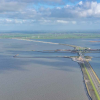

Trending Discussions
From around the site...
“Absolutely interested! I'll connect via email to discuss reviewing and enhancing the Economic Analysis of Climate...”
Adaptation-related events at COP28 (all available to follow/stream online)
“Please check out these adaptation-related events taking place at COP28 - all available online (some in person too if...”
Shining a light for biodiversity – four perspectives to the life that sustains us. Four hybrid sessions.
“30 November to 19 December 2023 - Four Sessions Introduction The SDC Cluster Green is happy to invite you to the...”